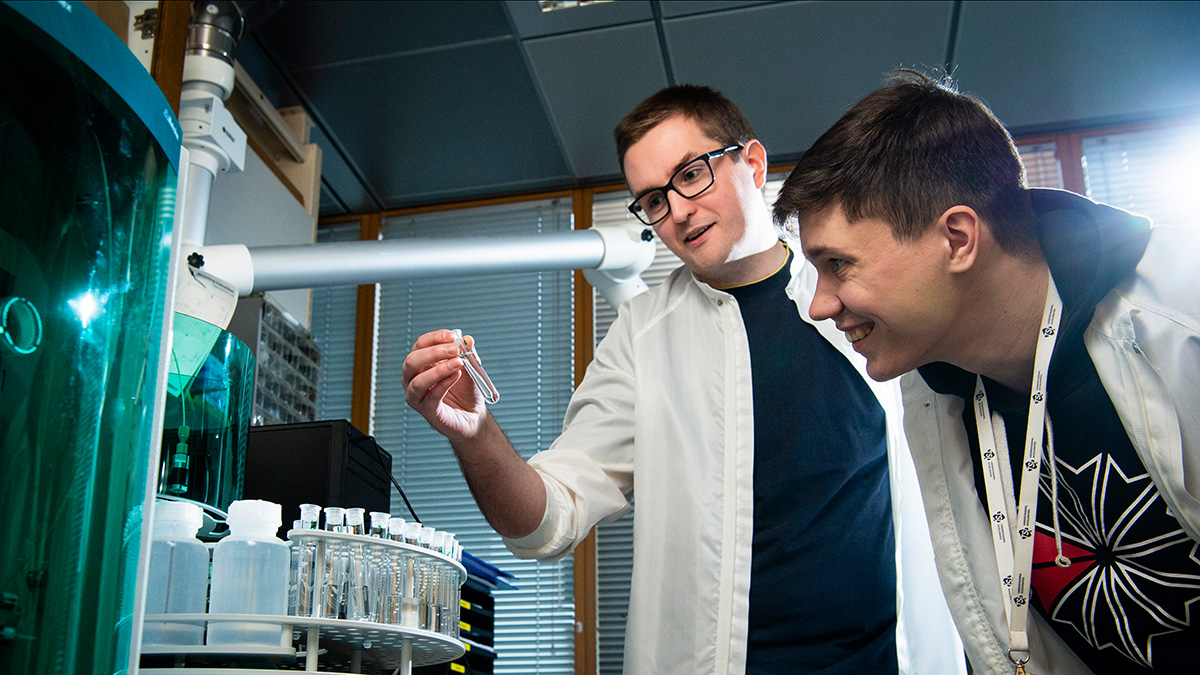Air Quality Monitoring
The Air quality group performs air quality measurements according to the European Union’s legislation and international measurements programs.

The Air Quality Directive (2008/50/EC) and the fourth Daughter Directive (2004/107/EC) require EU member countries to perform measurements of the following compounds in background areas:
Gaseous pollutants in ambient air such as sulphur dioxide (SO₂), nitrogen dioxide (NO₂) and other nitrogen oxides (NOₓ), mercury (Hg), ozone (O₃), as well as ozone producing volatile organic compounds (VOC) including benzene
The mass and chemical composition of inhalable particulate matter (PM₁₀) including heavy metals (arsenic, cadmium, nickel and lead) and polyaromatic hydrocarbons (PAHs)
The mass and chemical composition of fine particulate matter (PM₂.₅) including ions (nitrate, sulphate, ammonium, chlorine, calcium, magnesium, potassium, sodium) as well as elemental and organic carbon
Description of the measurements and the quality management system (pdf) in the air quality network of FMI (in Finnish only).
The group implements international measurement programs for several purposes:
ACTRIS (The Aerosol, Clouds and Trace Gases Research Infrastructure) is a pan-European research infrastructure producing high-quality data and information on short-lived atmospheric constituents and on the processes leading to the variability of these constituents in natural and controlled atmospheres
AMAP (Arctic Monitoring and Assessment Programme) focuses on monitoring the environment in the Arctic regions
EMEP (European Monitoring and Evaluation Programme) studies the long-range transport of air pollutants
GAW (Global Atmosphere Watch) programme studies globally the chemical composition and physical properties of the atmosphere
HELCOM (Helsinki Commission) programme studies the status of the Baltic Sea
IM (Integrated Monitoring) surveys the effects of air pollutants to ecosystem
